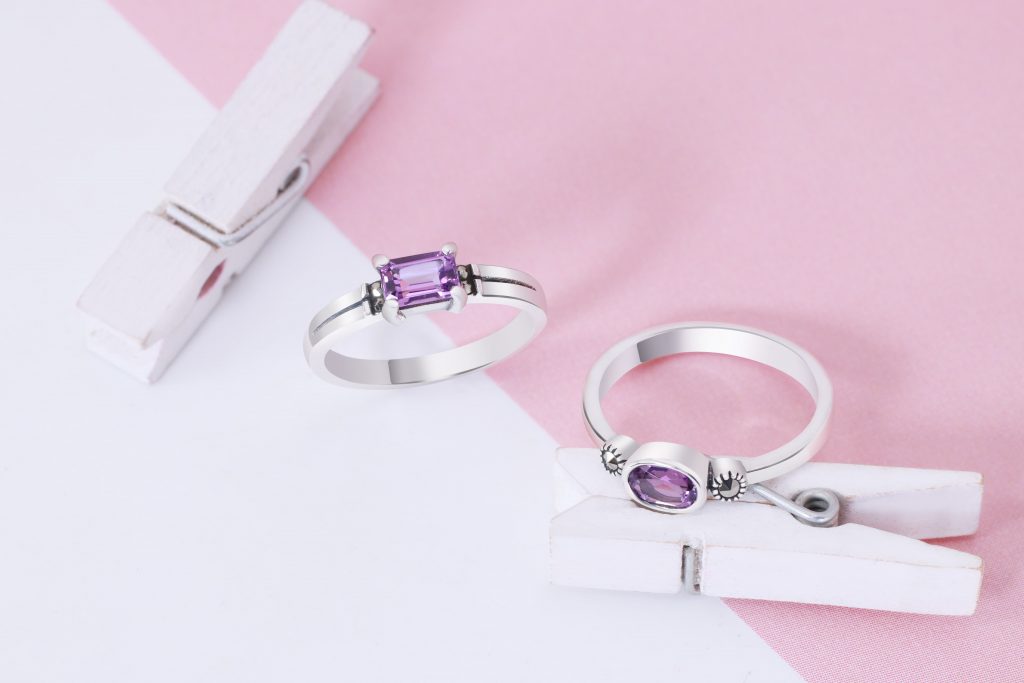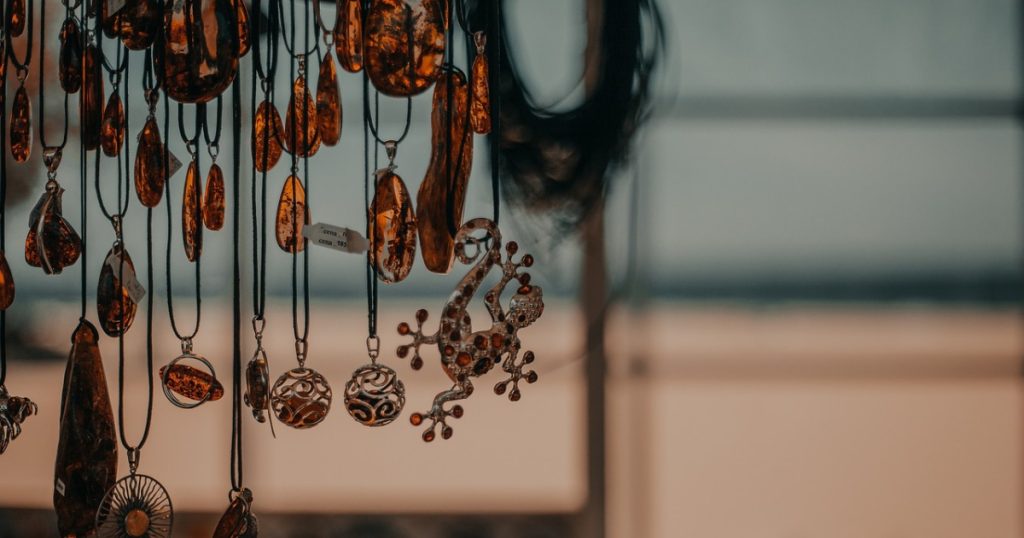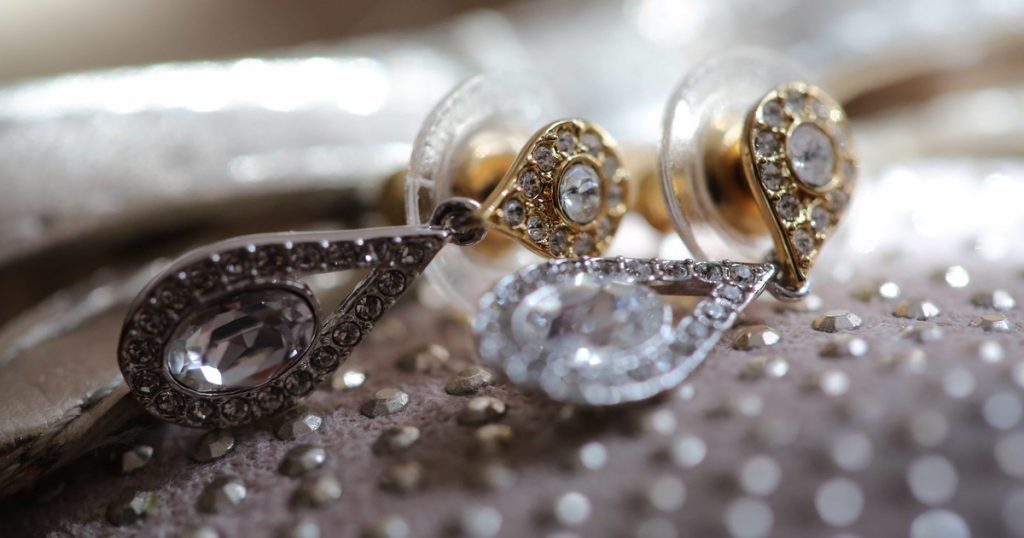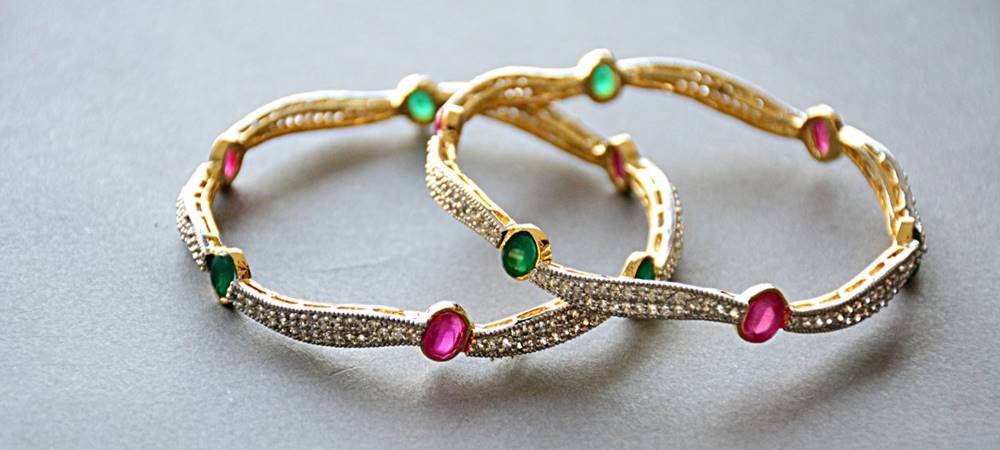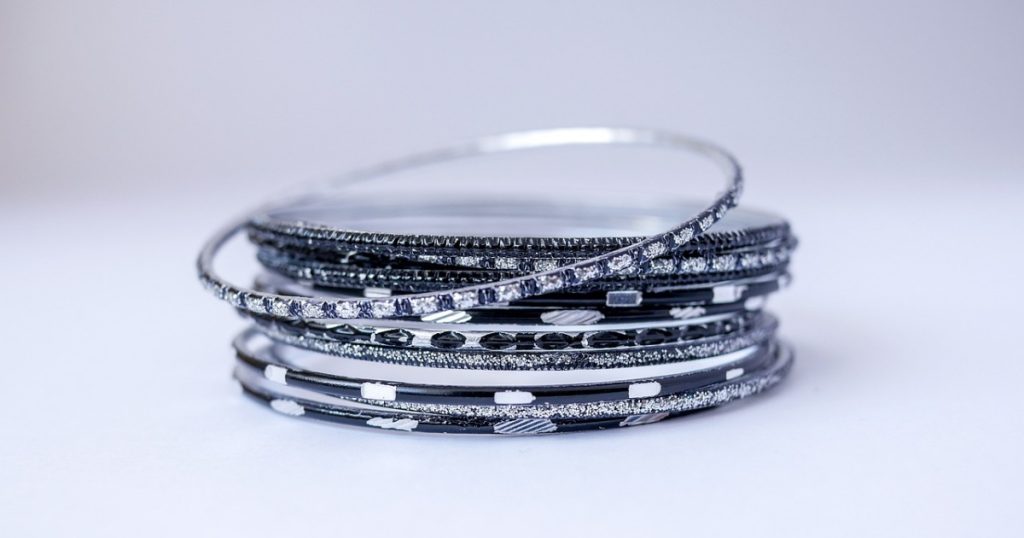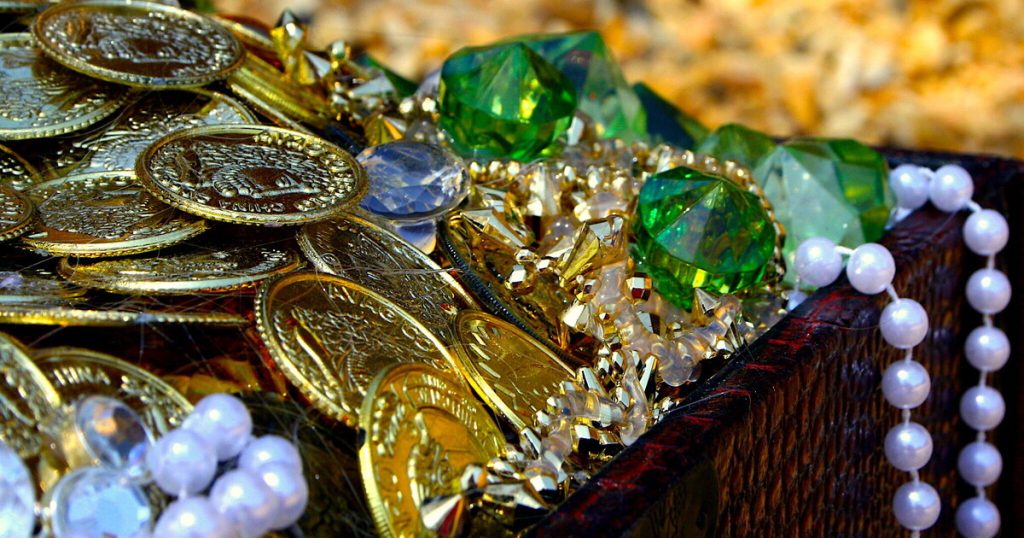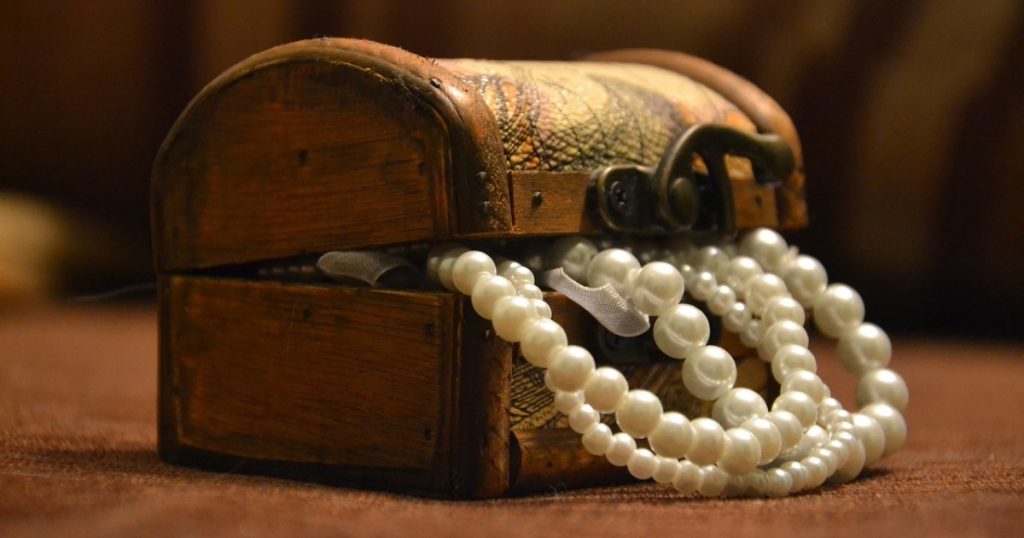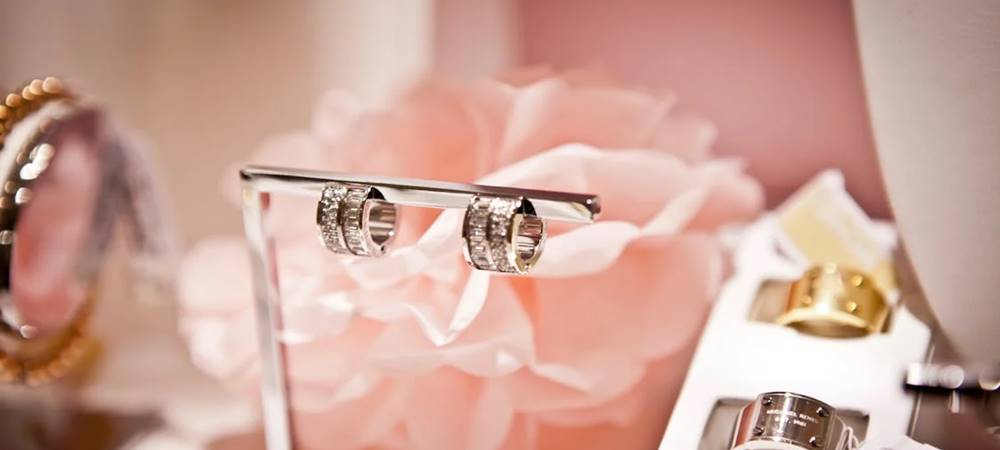The most frequently asked question from consumers is how to preserve sterling silver from tarnishing. Regrettably, tarnish is unavoidable, and all silver will tarnish eventually. However, we can provide several advice on how to maintain sterling silver jewelry as gleaming as possible for as long as feasible.
HOW TO PREVENT STERLING SILVER FROM TARNISHING?
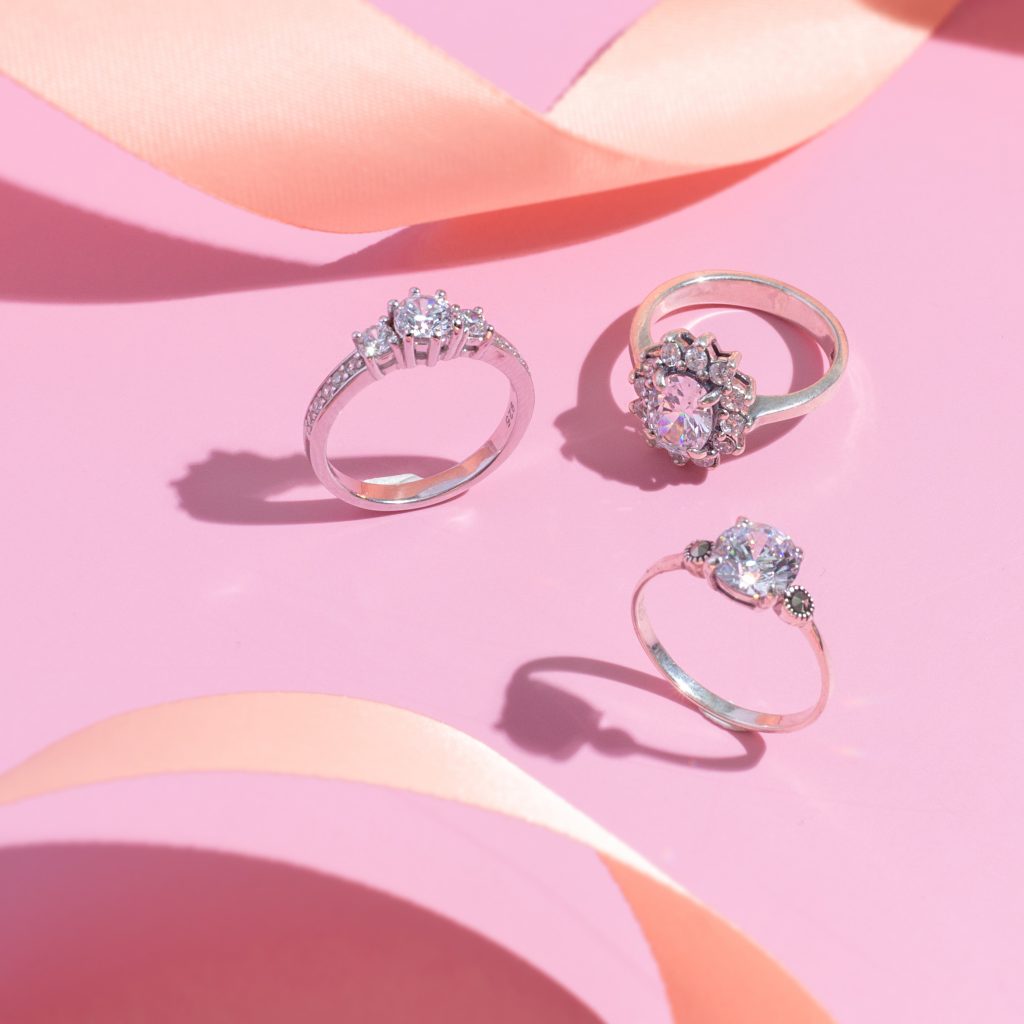
WHAT CAUSES SILVER TO TARNISH?
Understanding what causes silver tarnish, the most crucial step is in avoiding it. Sterling silver interacts with sulfates in the air and in a variety of common materials that may be near your jewelry. Sulfates in the air are present worldwide, although they are notably prevalent in industrial and coastal locations. Sulfate levels in tap water and naturally occurring water differ. Sulfur compounds in common household goods such as papers, plastics, and cleaning or cosmetic products will also hasten tarnish.
SEVEN MAJOR TARNISHING AGENTS:
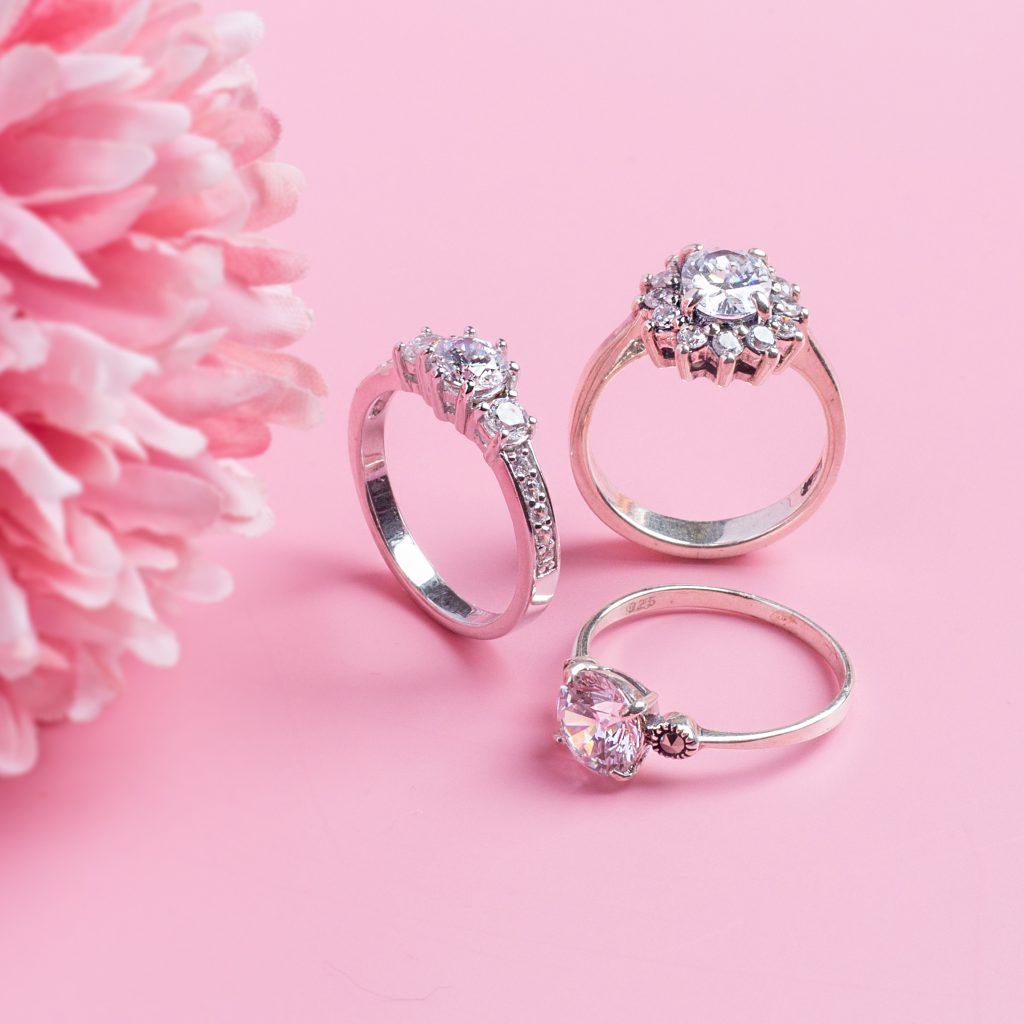
1. Beautification products
Sulfates are found in hairsprays, shampoos, lotions, and fragrances. Silver will tarnish owing to airborne particles or residue on your hands. Do not keep your silver in the bathroom or on your vanity. If you have make-up or lotion on your hands, avoid handling jewelry. Also, avoid wearing jewelry in beauty and manicure establishments that are fragrant with product scents.
2. Printed materials
Acid-based Sulphur dyes are commonly used in tissue paper, newsprint, and many of those charming printed craft materials. Yikes! Don’t put these apparently benign fillers in your jewelry.
3. Exhaustion
Sulfate particles are abundant in diesel exhaust from automobiles, airplanes, and machines. Do not keep your metals in a garage or in the trunk of your car.
4. Rubber
This common substance is sulfur-processed and has a concentrated residue that builds on its surface. Sulfur will be leached into the air via rubber seals, rubber bands, and certain rubberized plastic substances.
5. leather
Fashionable leather cords and straps used in jewelry creation, like other leathers, are dyed using sulfur-based acids. Keep your leather apart from your alloys. To avoid blackening, store leather chains with silver finding ends and silver saver tabs.
6. Cellophane
Sulfur is abundant in the crinkly translucent plastic used for food packaging, gift baskets, and other purposes. This plastic is frequently used to manufacture fold and seal baggies for retail packaging hang tags.
7. Smoke
Fire smoke may be harmful to your jewelry. Make sure the chimney is cleaned so that smoke does not break into your house.
EXAMINE YOUR STORAGE CONDITIONS:
Check to see if your storage system is aiding in the prevention of silver tarnish rather than hastening it. Sulfates are abundant in crinkly plastic bags, as well as rubber or plastic tubs like Tupperware. If you store your silver jewelry materials in several popular craft storage cabinets, you may be hastening corrosion. Keep your silver findings in a dry, contained area. To eliminate humidity and moisture from your storage area, place findings in anti-tarnish bags and/or add silver saver tabs or silicone packets.
Take out any tarnish-causing products:
Sulfates found in printed newspapers, colored tissue paper, fragrances, open liver of Sulphur containers, and many sorts of aerosol items may corrode your sterling silver jewelry supplies nearby. Take these items out of your studio or storage place.
Keep cleaning products close at reach:
Silver cleaning products are cheap, simple to use, and widely available. Keep a disinfected cleaning cloth nearby in your work area. Most tarnish may be removed with a fast wipe. Depending on your needs, anti-tarnish dip cleaners and other options are available. Tarnish removal chemicals are generally safe for most metals, although certain stones and pearls may be damaged.
Think about anti-tarnish alloys:
Some items, such as S1296, are anti-tarnish treatments. Certain silver alloys are naturally less tarnish-prone. Argentium and TruSilver, for example, are silver alloys with a high tarnish resistance due to their somewhat different chemical composition. These alloys are significantly more costly than sterling, but they provide additional anti-tarnishing protection.
Some discoveries may also include anti-tarnish treatments to assist postpone the development of tarnishing. Spray-on anti-tarnish treatment, flash plating, e-coating, and wax tub tumbling are some popular industrial treatments. The efficacy and duration of these therapies vary, and they will enhance the variation in tar.
